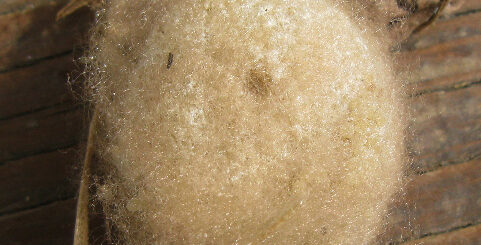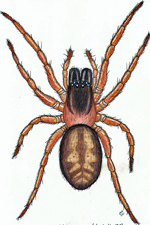Spiders. Part 3. The Sex Life of Spiders.

Recall from Part 2. Sex, and spiders’ next of Kin.
Having given the next of kin examples of reproduction, how does the ‘True Spider’ reproduce?
By true spiders, we refer to nearly all other spiders you will meet, arranged into the infraorder Araneomorphae.
True Spiders Reproduction.
First, the male spider spins a tiny sperm web beneath its abdomen, stretched out between its legs. He then rubs his genital opening across the edge of this web, depositing a droplet of sperm but what then?
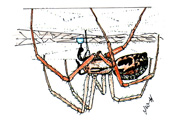
Creating a Make-do-Penis
We think of spiders as having eight legs, but it can be said that they have ten. The first pair is in front of the head region and is not used for walking. Being short and functioning as tactile organs, in the male these palps undergo a kind of metamorphism during his last molt.

These simple palps are transformed into complex sex organs that can look like a pair of boxing gloves. Becoming so complex informs that he cannot replace them, after his mature molt, and he dies in his last skin. This pair of palps are his (two) penises!

An elabrate organ of sperm tranfere.
It really amazes me that such a complex structure can be metamorphosed from such a simple palp, shown above.

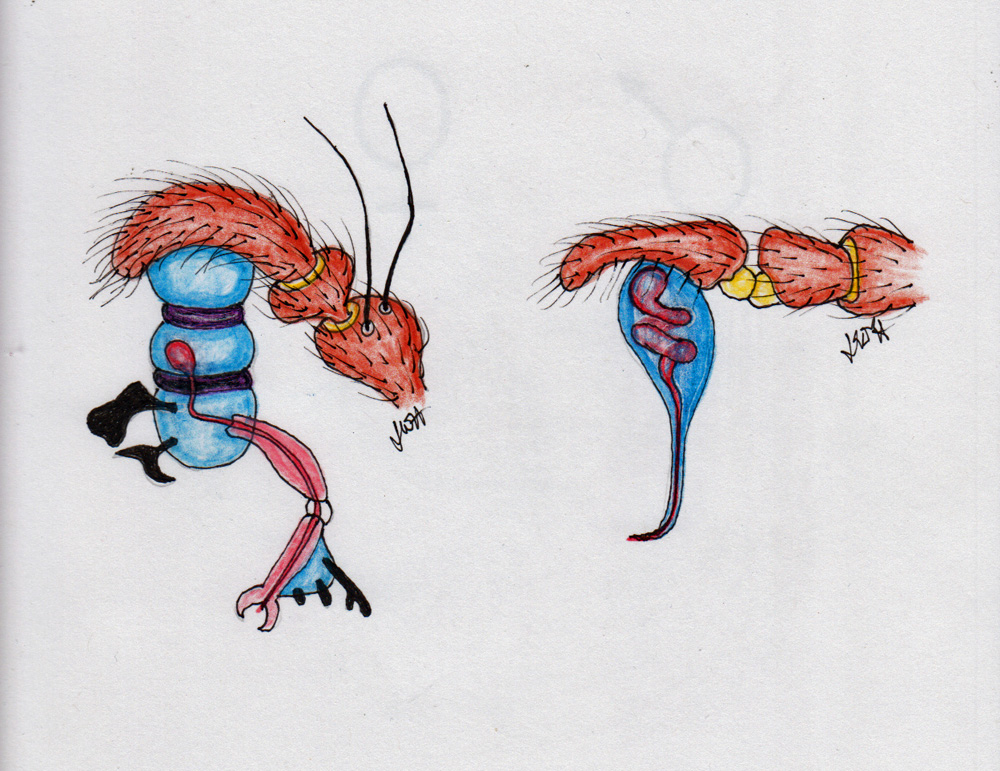
Metamorphosis.
From the immature palp’s uncomplicated design the male palps emerge as a complex ‘Fountainpen’ like transfer organ. The male will then dip the ‘nib-like’ structure into the droplet of sperm and the fluid is sucked-up into a reservoir-like bulb, with both palps so charged he will go looking for a female.
This illustration of a Tarantula’s mature palp shows a simple ‘fountainpen nib’ system and its coiled sperm reservoir.
A stylized diagram, on how a male true spiders’ sex organ works.
It is interesting to note that the male palp and the females’ epigynum co-evolved into the lock and key-like organs. Typically the female plays hard to get with more and more complex passageways to the spermatheca storage sac.
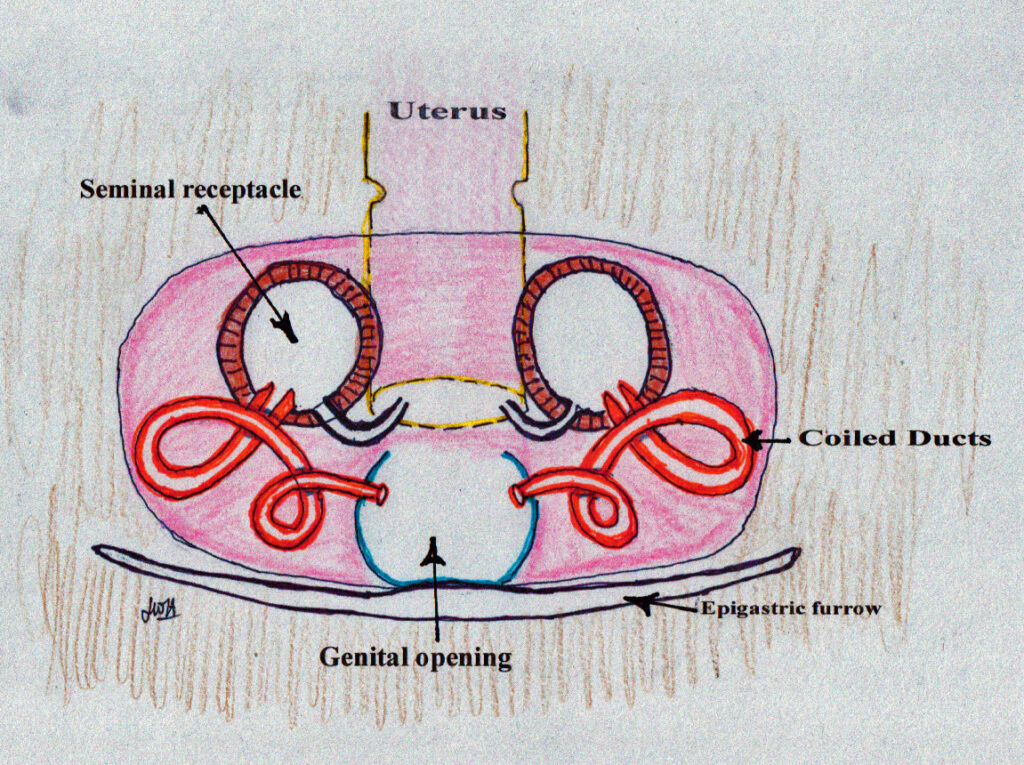
The Spermatheca.
The female will store the males’ sperm within a spermatheca. By making it difficult for the male to deliver his sperm, by a complex series of coiled ducts, she is imposing sexual selection on the male.

As mentioned above, a male mature spider cannot molt again owning to the complex structure of his palp, and dies in his last skin.
Oh’ to be a virgin again!
The female on the other hand, if she lives for more than one year, will become a virgin again after her next molt. This is achieved by shedding her spermatheca full of sperm and will have to mate again.
Conclusion.
Male true spiders have developed a copulation organ, by adapting their palps during their last and mature molt.
The female appears to have a selective strategy in choosing a beneficial mate, by playing hard to get.
Spider Reproduction and Life Cycle – Spider Facts and Information (spidersworlds.com)
Tune in for the next post on Courtship, how the male approaches a large hungry female, by visiting Part 4. Spider Courtship.
Happy Reading – JohnH.

